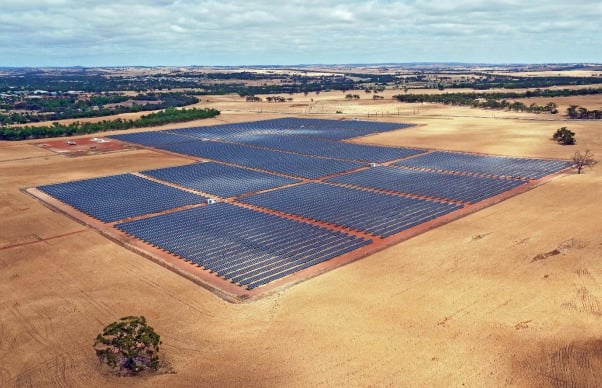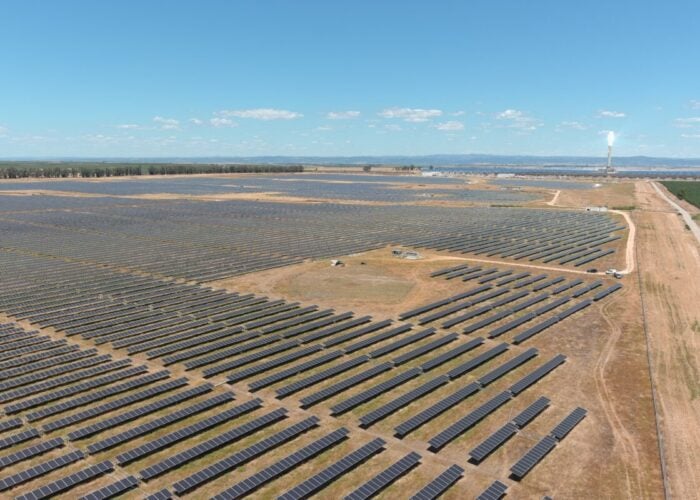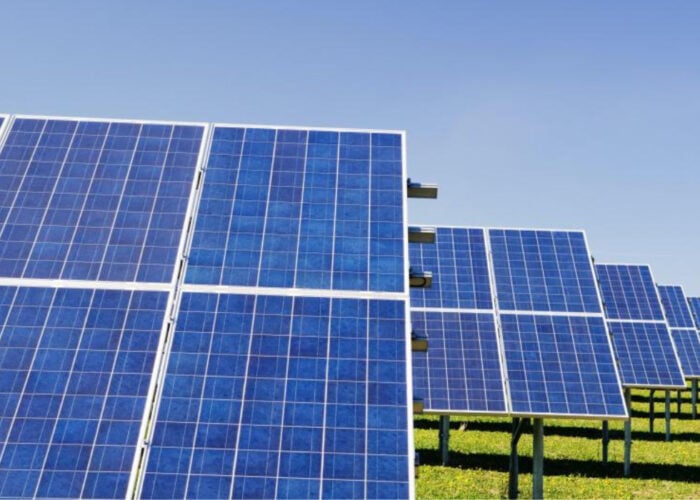
Oil and gas explorer Pilot Energy announced today (9 October) that it received a non-binding offer from renewable energy developer EDP Renewables APAC to take full ownership of the 376MW Three Springs solar PV power plant in Western Australia.
Pilot Energy, which imposed a trading halt on Monday due to the pending announcement of the deal, confirmed that the submitted offer stands at AU$11.5 million (US$7.75 million), offered over a series of staged payments, but this is still to be finalised.
Unlock unlimited access for 12 whole months of distinctive global analysis
Photovoltaics International is now included.
- Regular insight and analysis of the industry’s biggest developments
- In-depth interviews with the industry’s leading figures
- Unlimited digital access to the PV Tech Power journal catalogue
- Unlimited digital access to the Photovoltaics International journal catalogue
- Access to more than 1,000 technical papers
- Discounts on Solar Media’s portfolio of events, in-person and virtual
The project is located in the Shire of Three Springs, in the Mid-West region of Western Australia. It is approximately 310km north of the state capital of Perth. Previous estimates disclosed that the solar PV project would cost around AU$440 million to develop fully.
The lifetime of the solar PV power plant would be approximately 25-years, after which the plant could continue production at 90% of its original capacity. The project could also be decommissioned and leave the land it would occupy in a condition similar to that prior to development.
Pilot’s chairman, Brad Lingo, emphasised that the sale of the solar PV project is a “great result” for the company and will help support its wider target of developing the Mid-West Clean Energy Project.
“The proposed sale is a great result for the company, which will provide significant capital for the company to progress the Cliff Head Carbon Storage Project and the acquisition of the Cliff Head joint venture interests while also accelerating the development of renewable energy sources in the Mid-West to power the Mid-West Clean Energy Project,” Lingo said.
The Mid-West Clean Energy Project
The Mid-West Clean Energy Project aims to support Western Australia in becoming a hub for green hydrogen and green ammonia production. From 2027, the project hopes to produce and sell 1.2 million tonnes per annum of clean ammonia on both international and domestic markets.
The large-scale project requires renewable energy from wind and solar PV. This clean energy will be transported to the project via the grid. The Three Springs solar power plant will connect to the ammonia production facility, which is approximately 100km west of its designated site, with a private mid-voltage transmission network. The project may also supply energy to external customers.
Australia’s green hydrogen market takes successive blows
Despite Western Australia’s potential to produce green hydrogen and become a major exporter, recent months have seen companies scale back their ambitions in the state, and across wider Australia.
Most notably, Australian mineral exploration company Province Resources shelved its multi-gigawatt solar PV and wind-powered green hydrogen project in Western Australia due to a lack of state government support.
Revealed in 2021, the HyEnergy project, which was set to be developed in the Gascoyne region of Western Australia and feature 1GW of solar PV and wind energy, was hoping to produce around 60,000 tonnes of green hydrogen or up to 300,000 tonnes of green ammonia.
In another blow to the country’s prospective hydrogen market, Australian utility giant Origin Energy announced its intention to withdraw from hydrogen last week (3 October) to focus on renewable energy and energy storage, citing “uncertainty around the pace and timing of development of the hydrogen market”.
Origin also said it will exit the pursuit of its Hunter Valley Hydrogen Hub in New South Wales, highlighting the “risks associated with developing capital-intensive projects of this nature”.







